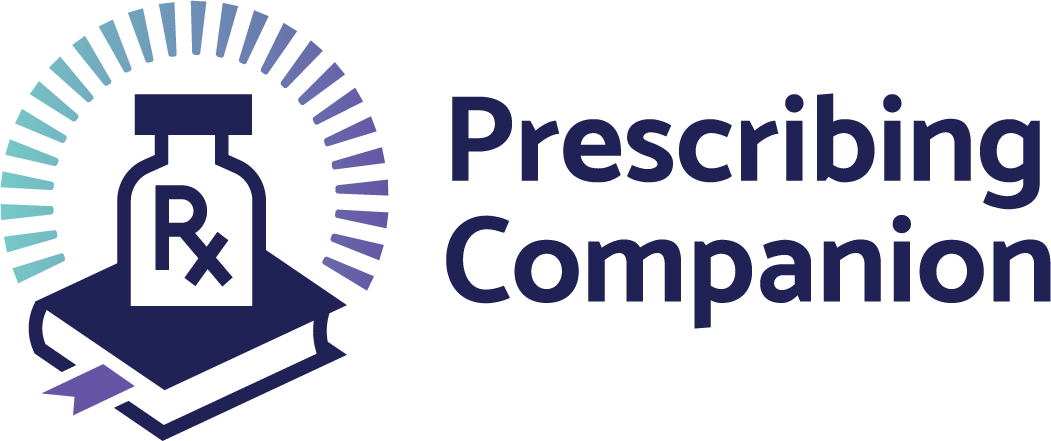Musculoskeletal Pain and Trauma
exp date isn't null, but text field is
Clinical Description
- A break in the continuity of a bone.
- Bleeding in open fracture.
Clinical Features
SIGNS AND SYMPTOMS
- Presents as pain, swelling, deformity and pseudo paralysis
INVESTIGATIONS
- Examination: ATLS protocol and treat life threatening injuries first, examine the limbs and adjacent joints
Treatment
General Management
- Recognize; examination, 2 orthogonal radiographs showing joints above and below
- Reduce under sedation
- Relieve pain with appropriate analgesia and immobilization.
- Retain by splinting/casting, surgical fixation
- Rehabilitation
- Follow up-Period of immobilization
- Complications: Compartment syndrome, Neurovascular injury, Malunion, Non-union, Infections, stiffness and Contractures
- Referral criteria: Open fractures, Intraarticular fractures, Multiple fractures, polytrauma, Segmental fractures, Special fractures e.g. scaphoid, neck of femur, talus; Displaced and comminuted diaphyseal fractures, Complications above.
OPEN FRACTURE MANAGEMENT
Malawi Orthopedic Association Guidelines
- Primary (A,B,C assessment) and secondary survey, according to ATLS/PTC, should precede the treatment of open fractures.
- IV prophylactic antibiotics should be administered as soon as possible and at least within 1 hour of presentation to the health facility:
- IV Ceftriaxone (at appropriate doses for age and weight)
- Alternatively, oral Doxycycline & IV Gentamicin (if no Ceftriaxone is available)
- For grossly contaminated wounds, in addition, administer IV Metronidazole
- If non available, give the most appropriate available antibiotics
- The examination of the injured limb should include assessment and documentation of the vascular and neurological status. This should be repeated systematically, particularly after reduction manoeuvres and/or the application of splints or casts.
- Grade III C fractures with an ischaemic limb should be discussed immediately with the central hospital by telephone with a view to immediate referral when appropriate.
- The limb must be re-aligned and splinted or casted before transfer to the ward or another health facility.
- Prior to formal debridement the wound should be exposed only to remove gross contamination and to allow photography, then dressed with a sterile saline-soaked gauze.
- Washouts outside the operating theatre environment are not indicated and patients should be prepared for debridement under spinal or general anaesthetic.
- Debridement should be performed, under general or spinal anaesthetic, using fasciotomy lines for wound extension where possible:
- Immediately for highly contaminated wounds (agricultural, aquatic, sewage) or when there is an associated vascular compromise (compartment syndrome or arterial disruption producing ischaemia).
- Within 12 hours of presentation to hospital for grade II & III fractures.
- Within 24 hours of presentation to hospital for grade I fractures.
- Once debridement is complete any further procedures (e.g. external fixation) carried out at that same sitting should be regarded as clean surgery; i.e. there should be fresh instruments and a re-prep and draping of the limb before proceeding.
- Clean grade I fractures should be closed primarily
- Grade II fractures should be left open and closed within 72 hours
- Grade III A & B fractures should be left open and referred to the nearest central hospital within 24 hours to enable wound closure or flap within 72 hours. This should include a letter and before & after debridement photographs to the receiving surgeon
- Long bone Grade III A & B fractures should be stabilized with an external fixator at the time of debridement. In some cases, an orthopedic surgeon may use internal fixation.
- Definitive internal stabilization should only be carried out when it can be immediately followed with definitive soft tissue cover. Approximation sutures over exposed bone should not be done.
